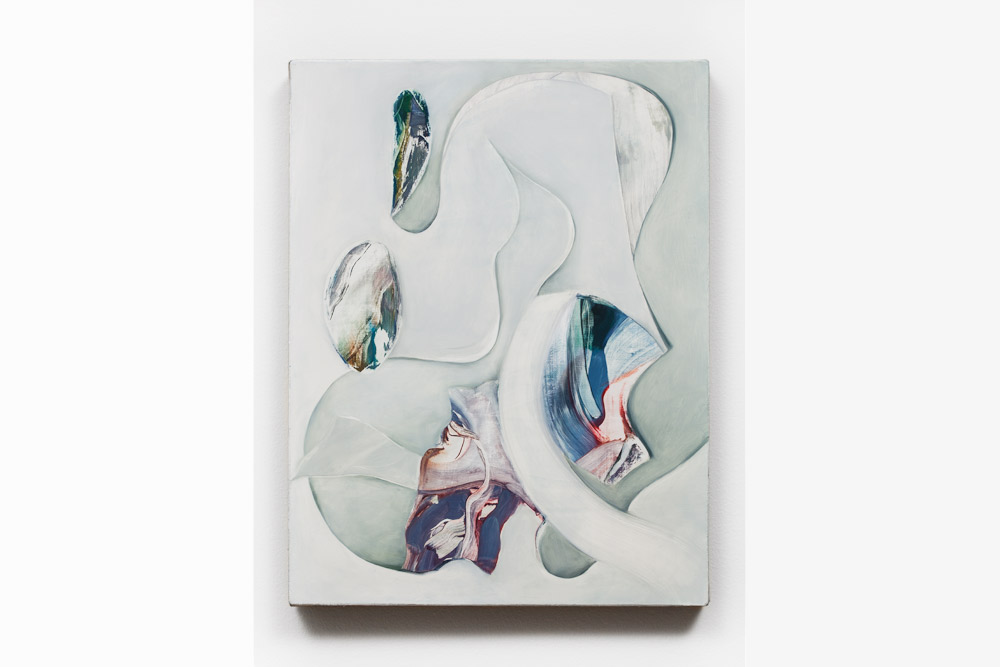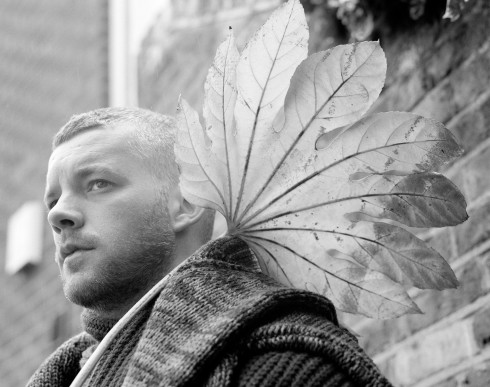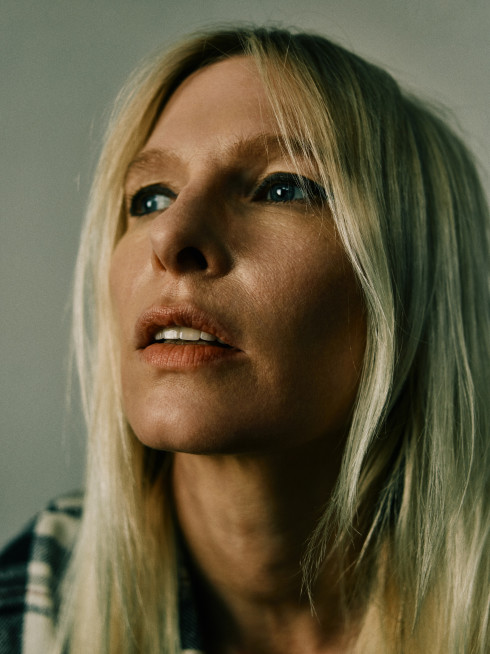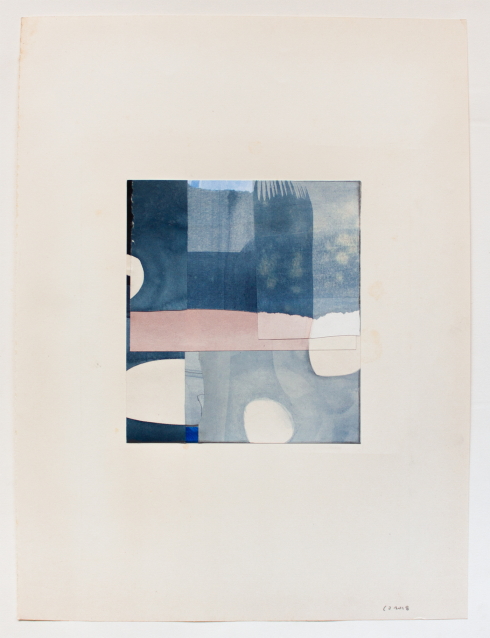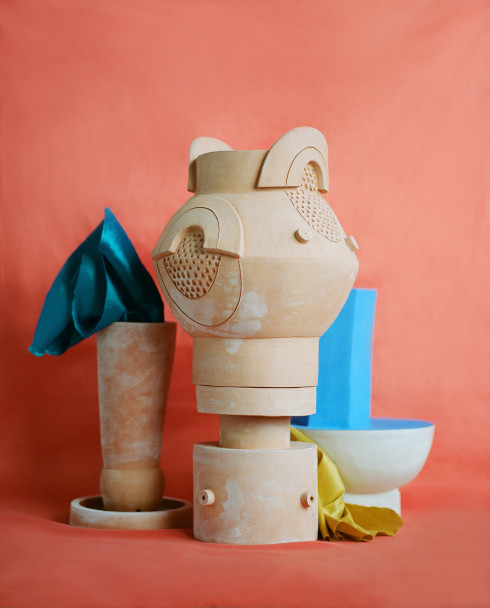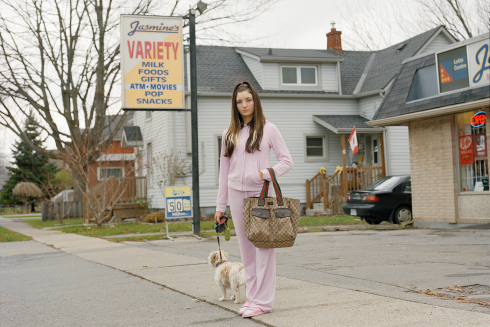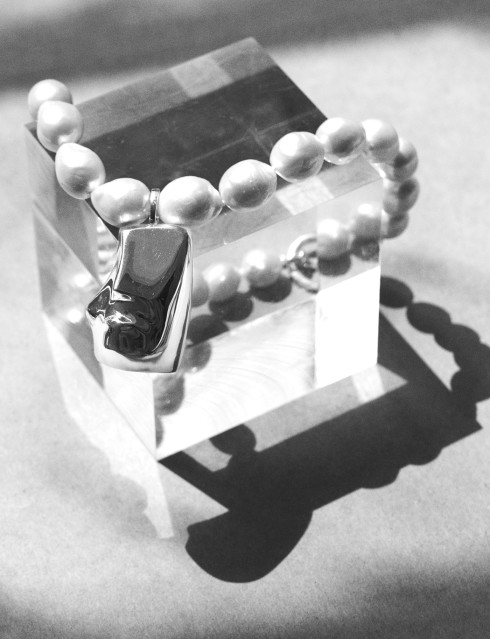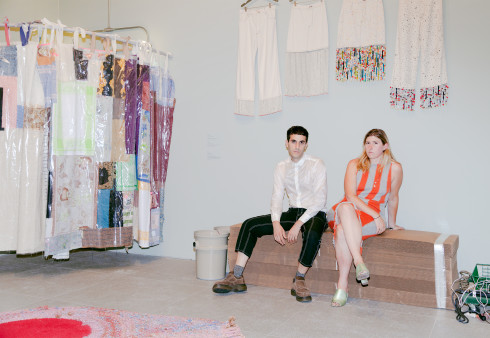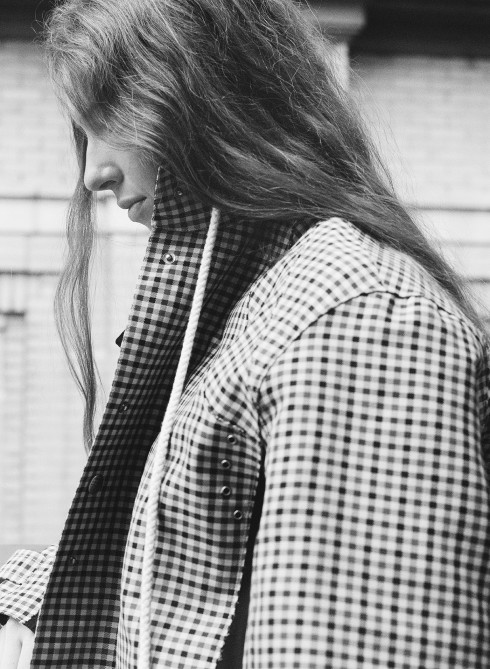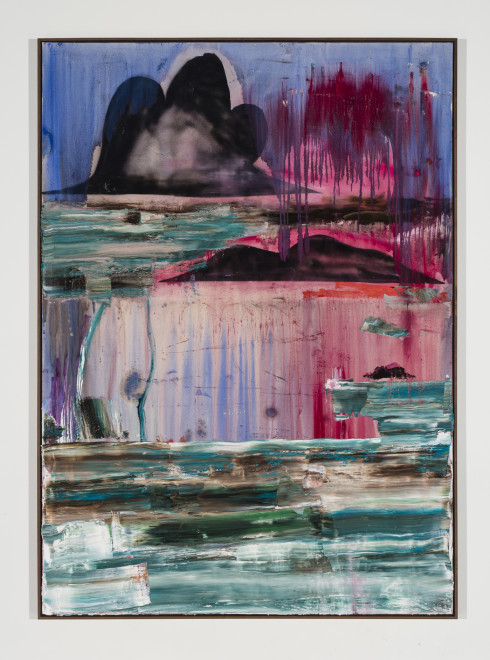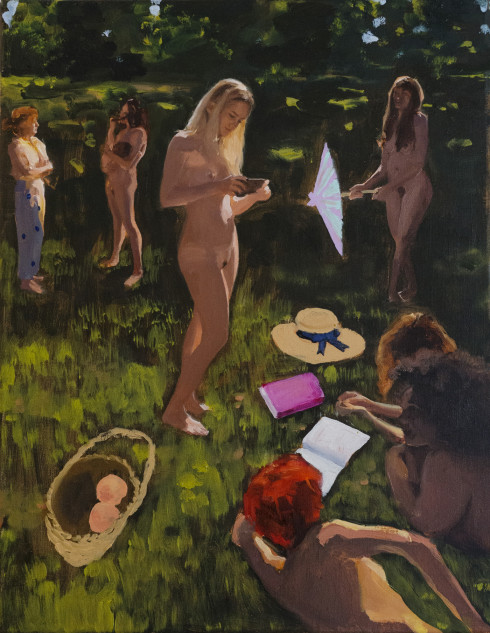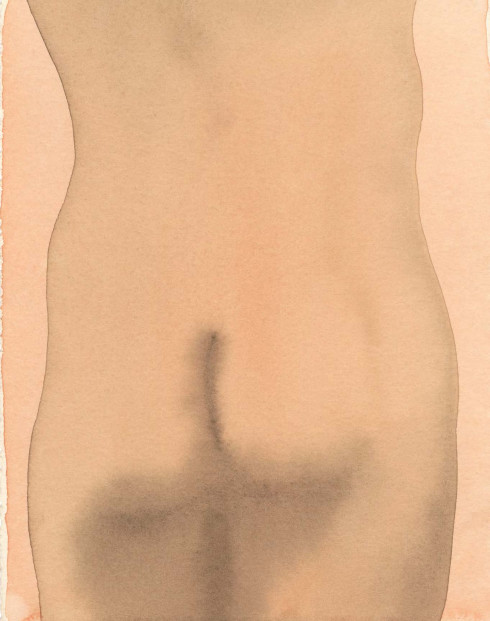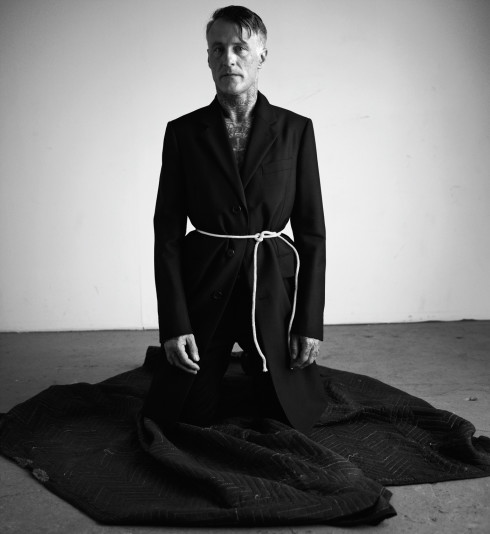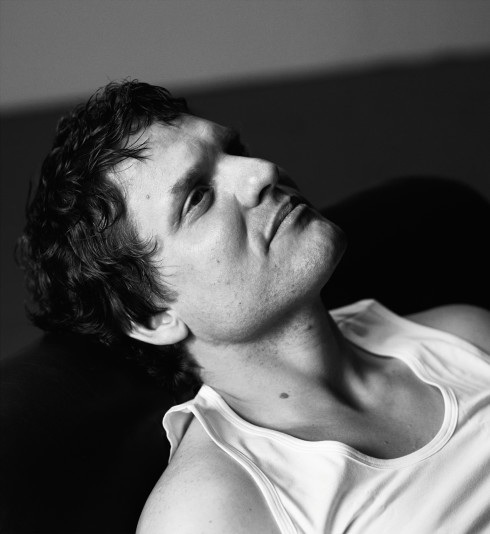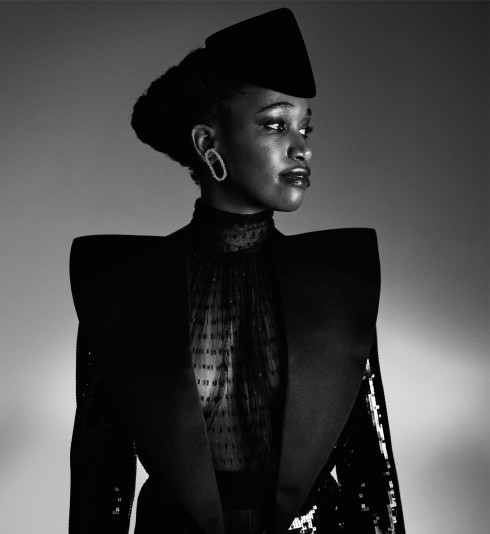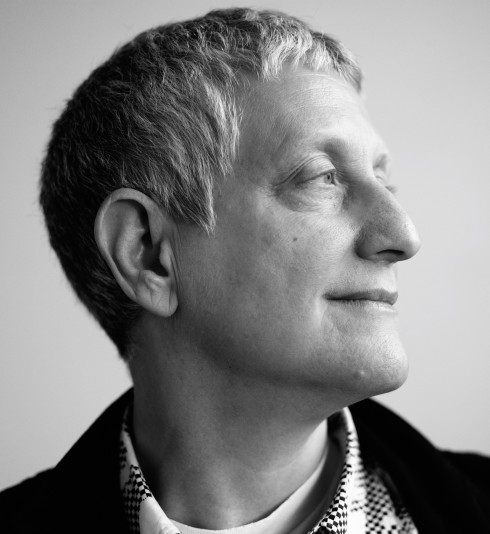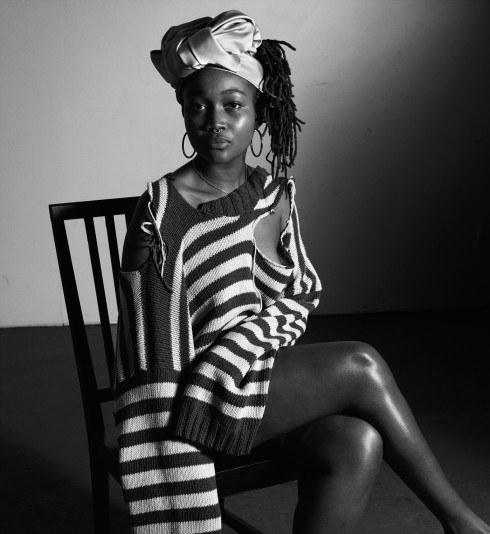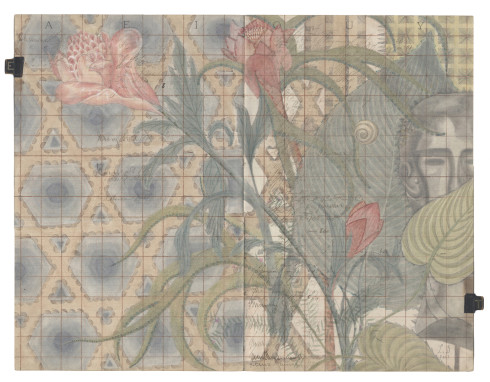TLM10: LESLEY VANCE
“I think of abstraction as a verb,” says the painter Lesley Vance. “It is something that happens to my work while I am making it.” Vance’s paintings are exquisite things: shimmering chiaroscuro jewel boxes, equally indebted to abstraction and still life, seemingly extracted from the silent depths of an early-morning dream. Vance collects sundries that she later arranges to inform her modestly-sized canvases. “I am usually drawn to organic or irregular shapes,” she says. “Potter’s wheel mistakes, broken shells, jagged pieces of ceramic, or anything I find on the ground.” Vance is influenced by a wide range of art historical movements, but the two influences that might be most noticeable to the casual viewer are Surrealism, with its heady phantasms and blithe disregard for the rules of nature and perspective, and the inky depths, half-disclosed forms, and focused light of the Spanish still life. Vance explains: “My favorite artists from these periods—Zurbarán, Cotán, Magritte, de Chirico—presented representational spaces but took liberties with how gravity, light, color, even time functioned within them. But in the end they bring all their peculiar elements together with such resolve the mind never thinks of them as fantasy.”
There is much of the Tenebrism of Caravaggio and his descendents in Vance’s work, but there is also much more to admire; there are very few painters practicing today who share Vance’s capacity to create works that are both timeless and thoroughly contemporary. Like the best works of art (and those most impervious to the passage of time), Vance’s canvases seem to respect a private language as interior as it is sacrosanct. The best art arrests the viewer with its intimacy, and in person, it’s easy to stare at Vance’s works for an unreasonably long amount of time (as anyone who happened to have the good fortune of encountering them at the 2010 Whitney Biennial surely remembers). Quiet, elegant, and exquisite, these are the kinds of images that etch themselves onto your subconscious, even as their depths seem to elude the naked eye.
Perhaps that peculiar, intangible allure comes from the way Vance approaches her antecedents. “I don’t like to organize painting movements in any rational chronology,” she says. “And I tend to take from paintings selfishly—in other words, I don’t often think about what a painter intended when he or she made the painting or even the historical time it was made in as much as what it’s doing when I am looking at it.”
Photography by Fredrik Nilsen. Courtesy of the artist and David Kordansky Gallery, Los Angeles.
